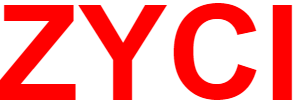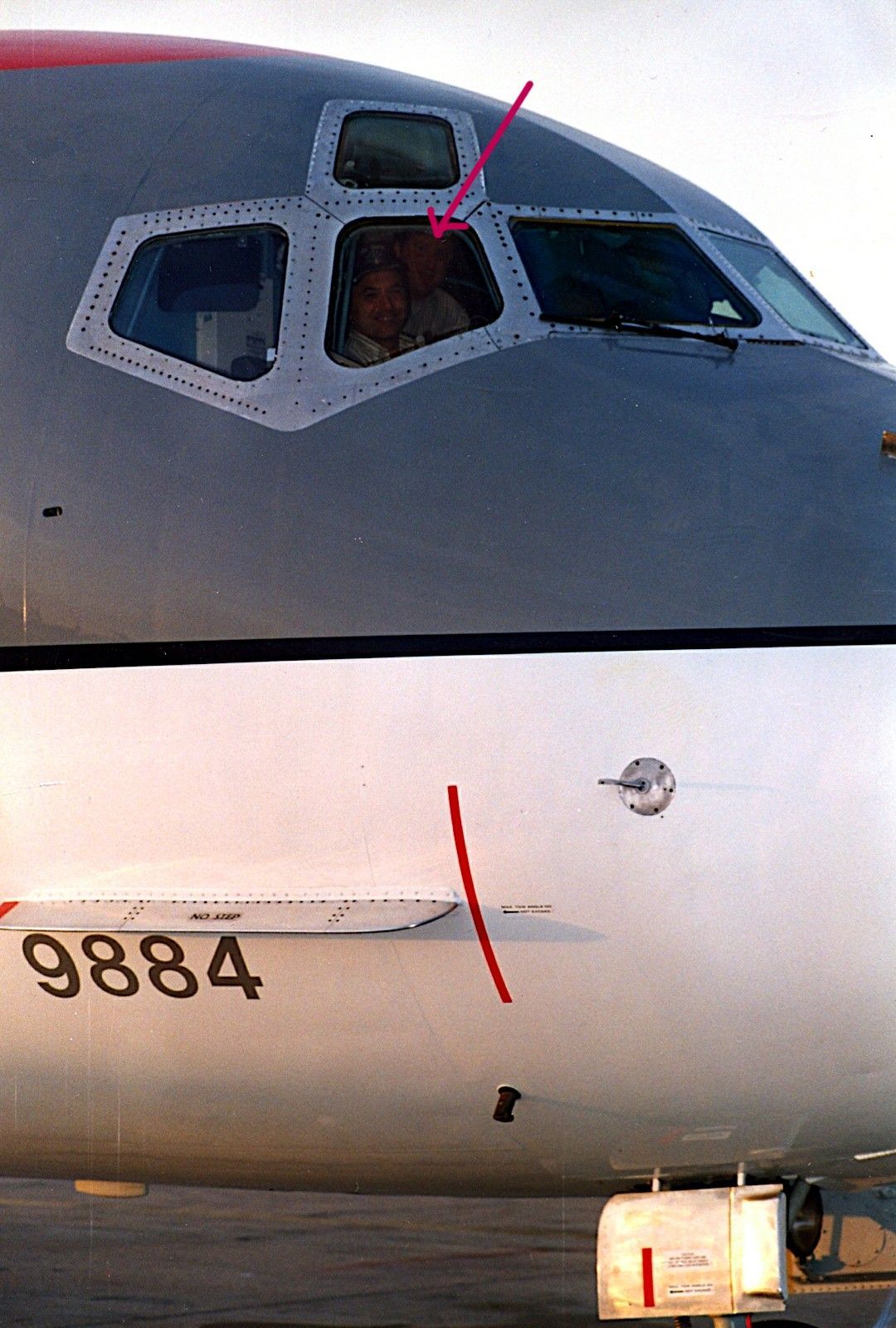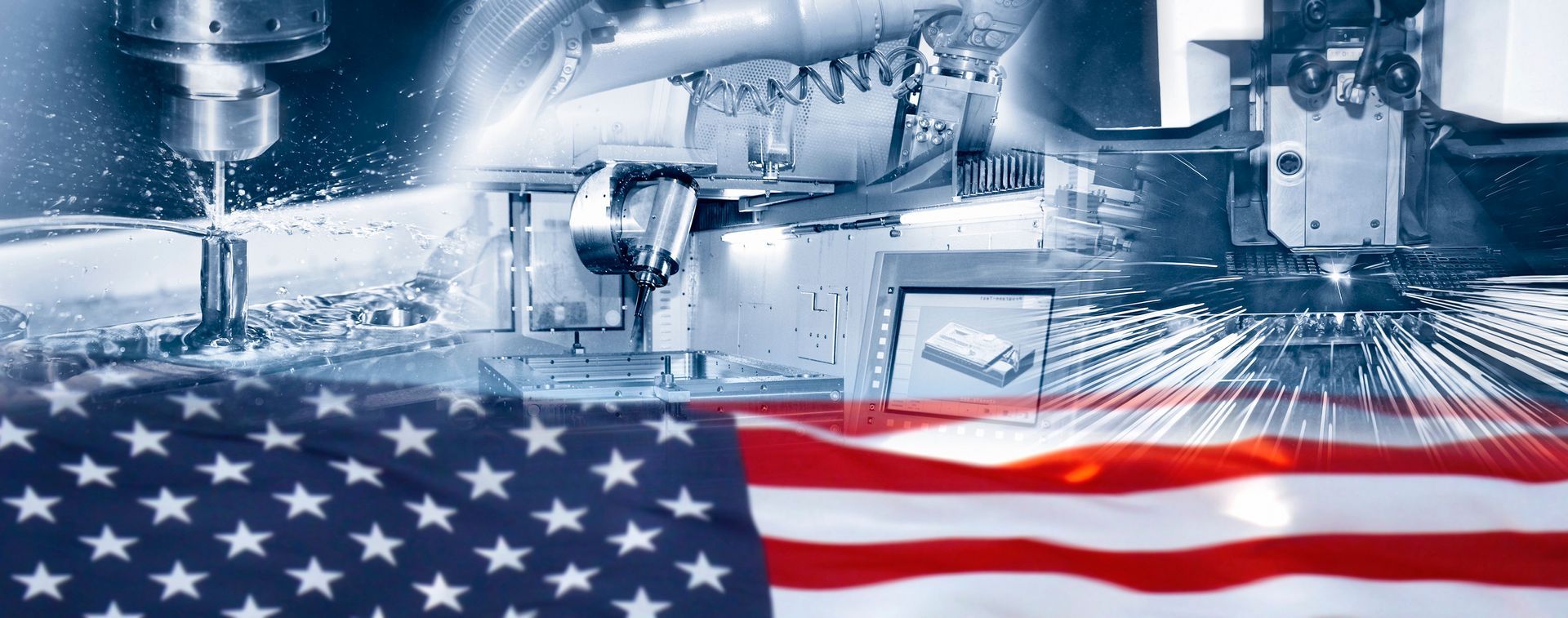Providing 3D CAD models with rfqs removes ambiguity and results iN more competitive pricing
When we receive a request for quote (RFQ) from a customer, if they only provided 2D drawings, unless it is something very simple, we are going to ask for a 3D model.
Asking customers for 3D models when providing machining quotes offers several advantages and benefits. Here are some reasons why it is a common practice:
Accuracy: 3D models provide a precise representation of the customer's desired part or component. They contain detailed information about dimensions, geometries, and features. By working with an accurate 3D model, we can better understand the complexity of the part, enabling us to provide the most competitive quote possible by removing as much ambiguity as possible.
CNC Simulation: Often the best way to accurately determine how long it would take to machine a part is to perform a digital simulation using CAM software. The input for our CAM software in a 3D CAD model.
Saves Money and Reduces Risk: If our customer does not have a 3D CAD model, most likely we will have to create one. Not only does that add engineering costs to the quote, but it also adds risk as there is a possibility for error or misunderstanding the 2D geometry when we created the 3D CAD model.
Visualization: 3D models allow both the customer and the us to visualize the final product before it is manufactured. This visualization helps ensure that everyone involved has a clear understanding of the design intent, reducing the chances of miscommunication or misunderstandings. It also enables the machinist to identify any potential issues or challenges in the machining process, allowing for early problem-solving and revisions if necessary.
Feasibility Assessment: Machining a part involves various processes such as milling, turning, drilling, EDM, or grinding. Having a 3D model helps us evaluate the feasibility of manufacturing the part based on its design and geometry. We can assess if the required features can be achieved with the available tools and machinery, identify potential areas of difficulty, and propose alternatives or optimizations to improve manufacturability and reduce costs.
Time and Cost Estimation: A 3D model provides essential information for estimating the time and cost involved in machining the part. We can analyze the complexity, material requirements, and machining operations needed to produce the component accurately. This allows us to determine the necessary resources, machine setup time, tooling requirements, and labor costs, resulting in a more reliable and detailed quote.
Quoting Efficiency: Requesting 3D models as part of the quoting process streamlines communication and reduces back-and-forth exchanges with the customer. With a 3D model at hand, our machinists can evaluate the part more comprehensively, provide a quicker response, and generate a more precise quote. It saves time for both parties involved and helps expedite the overall quoting process.
By asking for 3D models when providing machining quotes, we can ensure accuracy, improve communication, assess feasibility, estimate time and costs more effectively, and enhance overall efficiency in delivering a competitive and reliable quote to the customer.
Contact Us for CNC Machining Quote


